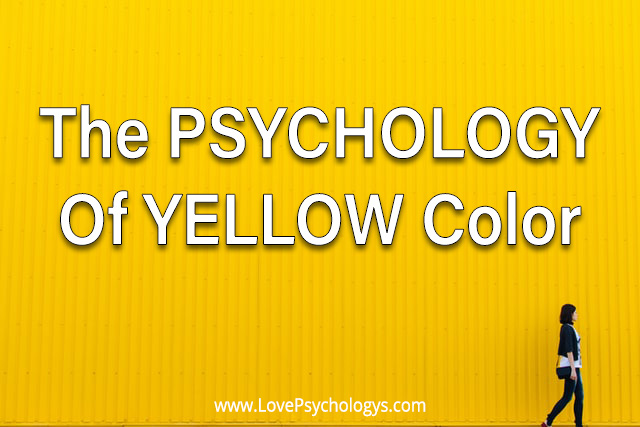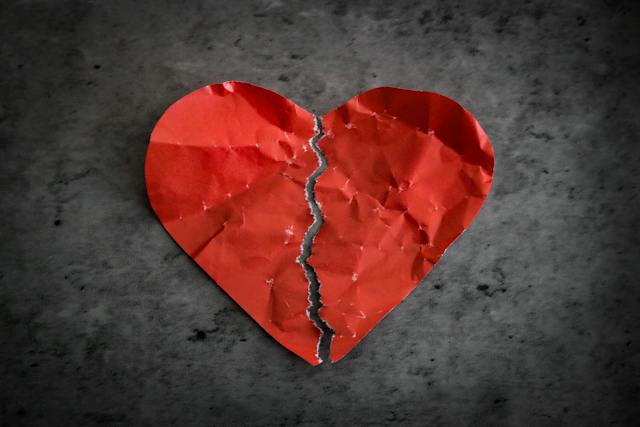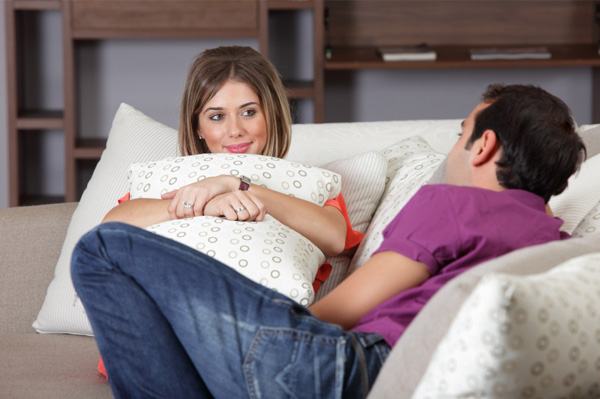People rarely think about such a very entertaining thing as the influence of a particular color on life. But psychologists have been saying for a long time that each of them has a different effect on the human subconscious, having its own special meaning. When looking at different colors, a person has different emotions, mood changes, it becomes better or, conversely, worse.

The relationship of color and character of a person in psychology
Various shades and tones act in their own way on the subconscious, and, therefore, influence the behavior and decisions of a person, prompting them to make one or another choice.
For those who know the psychology of colors, this is a strong lever of pressure, for example, for advertisers, politicians, etc. In addition, psychologists believe that color preferences can tell a lot about a person’s character.
The reverse relationship is also true: the presence of a color in a person’s life can affect his character. In psychology, there are many tests, the essence of which is to understand a person’s character based on color preferences.
Let’s briefly consider the main colors and their relationship with the person’s personality:
- White color speaks of a person’s neatness, love of cleanliness, sometimes flowing into obsession. It is also associated with wisdom, calmness, and self-confidence.
- People who are passionate, active, bright, ambitious, full of strength love red. somewhat aggressive and prone to anger.
- Psychology associates green color with patience and kindness. The combination of these two qualities gives rise to the love of being exploited. These people are very compassionate and caring. Green color speaks of a person with the highest moral values in the psychology of color. They love the “correctness” in everything, and it is also important for them to be worthily appreciated by those around them. “Green” people are reasonable, calm, and judicious.
- Lovers of blue, according to psychologists, are level-headed conservatives with a heightened sense of duty. You can see similarities with green lovers, but blue people are usually more complex people. They are categorical, but not conflicting, they carry their opinions with them. These are introverts, immersed in themselves, like the “green” care about others, but they receive gratitude for this less often, because they are considered to be alienated, people.
- Many people associate brown with wood. Its lovers value comfort, stability, harmony, and simplicity. These people are tied to home and value safety. They are reliable people, loyal friends you can rely on.
- Those who prefer pink are distinguished by tenderness, romance, and softness. They are not characterized by constancy. “Pink” people are not ambitious, but they are often talented.
People who like orange are adventurous. They are most often in a good mood, they are full of enthusiasm to work and relax. They are persistent, stubborn people, they love to communicate, they know how to make compromises, they are successful in their work. - Lovers of gray strive for tranquility in all aspects of life. These are diligent, but not outstanding workers who do their best to avoid excitement, they fill the same notorious “gray mass”.
- “Black” people love power in every sense of the word. For them, prestige is important. They are also secretive, keep their inner world in themselves, hiding it from strangers. They seem mysterious and often mistaken.
- The psychology of yellow color or people who prefer yellow will be discussed below.
Characteristics of yellow in psychology

The first thing that comes to mind when yellow is presented is the sun, joy, warmth, optimism, brightness, and all the rest of the positive. Yellow color helps to concentrate attention, which helps out in stressful moments of life. It improves memory and helps to assimilate new, complex information of large volumes.
The yellow color plays the role of a kind of doping. This means that if you look at it for a long time, then the human brain gets the ability to quickly assimilate new facts. However, if there is too much yellow, this leads to overexcitation.
The psychology of yellow color characterizes cheerful, joyful, and self-confident optimists. At the same time, we are not talking about overestimated self-esteem, but about well-deserved self-confidence. Such people are purposeful, aimed at unleashing their potential, want to develop in some direction, to learn new things.
This is related to the fact that pregnant women choose this bright color for their beloved ones. Psychologists believe that yellow has a positive effect on women in a position, helping to get rid of the fear of childbirth.
Also, according to psychologists, yellow symbolizes getting rid of a state of tension and irritability. Lovers of yellow are distinguished by creativity, originality, love, and talent for creativity, high intelligence, and sociability. They are very fond of chatting or even gossiping.
The psychology of “yellow” color people are highly demanding and critical of themselves and those around them. But it is these people who have clear and original thinking, clearly understand themselves, and always remain by themselves.
Psychologists also note that yellow is associated with a state of a person’s soul, in which he is desperately trying to get out of a situation, clutching at the hope of succeeding at everything at once. It is no coincidence that Jung’s solar tint is a symbol of intuition.
In addition to the positive aspects, yellow in psychology also carries the opposite meaning. We are talking about some “dirty” shades approaching green. Such tones in some cultures, including Slavic, are associated with treason, guilt, and deception.
Realists, down-to-earth people, skeptics are negative about yellow. Psychologists also associate the rejection of sunny shades with disappointment in life in people with collapsed dreams, being in a depressed state, etc. Alcoholics and drug addicts, for example, do not like yellow tones.
The psychology of yellow color in clothes
The yellow color is very bright, therefore, such clothes provide increased attention of others, striking them. Clothing in sunny shades enhances the mood of both the wearer and the people with whom he comes into contact.
Therefore, positive people boldly put on such things on cloudy days. The positive perception of people in yellow by those around them is that they are considered courageous, joyful, cheerful, sociable, quick-witted, original, honest, confident, free, witty, and energetic.
But there is also a negative perception. Those dressed in yellow are often seen as sarcastic, gossip and gossip, absent-minded and even treacherous, as well as impatient, fussy.
Representatives of opposite sexes evaluate yellow clothes differently on each other. So, men consider a girl in a yellow dress to be mischievous, cheerful, but at the same time frivolous and eccentric. A woman sees a man in yellow caring and gentle.
The combination of a sunny color in clothing with others also evokes various associations. This shade with black is perceived as a dangerous sign, you can draw some parallels with wasps, bees, or even tigers. And purple in combination with yellow is associated with mysticism. Yellow combines very advantageously with green.
The color green in psychology is described as the most comfortable for visual perception. It helps to build up strength, relieve stress and fatigue, and also improves tone. The combination of green and yellow in clothes carries a double positive charge.
People with an unbalanced psyche should be more careful with yellow clothes. Yellow will overexcite them and push them to eccentric, illogical, stupid, or inappropriate actions. Also, wearing yellow clothing is best not to attend events such as job interviews or exams. The examiner or interviewer may perceive this image as an attempt to pressure the outcome of the event itself.
If you have any psychological problems, for example, self-doubt, fears, phobias, panic attacks, etc., you should consult a specialist.
The Psychology of yellow color & its effect on a person & his health!

Yellow has many shades, each of which affects a person in different ways. For example, a honey shade and, as its opposite, lemon. The first is associated with the evening and autumn, so not everyone will like it because of the slightly oppressive influence, not everyone loves the autumn blues. Lemon, on the contrary, is associated with a bright morning and has an awakening, invigorating effect on a person, improves mood, and gives energy.
Shades of this color have an effect on the nervous system. The main sphere of influence is the right hemisphere of the brain, which is responsible for creativity.
Therefore, with its help, you can try to develop the corresponding talents. It is also interesting that yellow affects the digestive system, namely the intestines. It speeds up metabolism, metabolism, helps to better assimilate useful substances. This is important knowledge for those who want to lose weight, dieters.
A small amount of yellow color can contribute to the appearance of problems with the musculoskeletal system. This color has a beneficial effect on the condition of the skin, making it elastic and soft. And in the case of insomnia, on the contrary, it is better to avoid yellow because of its tonic properties.
For young children, the abundance of yellow is overexciting, makes them anxious and crying. Adults are also better off avoiding yellowing the walls of living rooms or workplaces. It negatively affects restraint, a person runs the risk of getting out of mental balance more often.
#The Psychology Of Yellow Color #The Color Psychology of Yellow #Yellow Color Psychology #www.LovePsychologys.com

